The Importance of An Object’s Story
In this week’s lecture about ‘STORIES OF STUFF’, I was driven to rethink how as a designer, how our outputs and production can crossover the field of social justice and environmental sustainability issues on a broader scale. Through reading Julie Hill’s work and watching Annie Leonard’s ‘Stories of Stuff ’, I start to realize that design products are not just functional staff but also carriers of complex stories regarding history, social labor and environmental impact.
Tracing the History of An Object
We should be really considerate about the raw materials we use for our design and bear in mind how our products will end eventually. As designers, we have the duty to not only create esthetic and practical products but also make sure that their environmental and social impacts are positive. I think Geoffrey Gorman serves as a great model whom I can learn from. He is a practicing artist, creating his original found material sculptures in Santa Fe, New Mexico. His works were made of really funky materials like rags wires and wax etc. It is his potent imagination and awareness of ‘the story of stuff’ that transforms the worthless and mostly garbage-destined odds into gallery-bound.
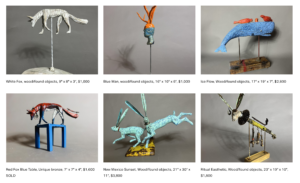
Artworks by Geoffrey Gorman, https://www.geoffreygorman.com/
Labor and Ecology
Who’s labor? Unlike the traditional construction industry, Earthship is a type of house built with natural and recycled materials, with energy conservation in mind. It is designed to produce energy, water and food for its own use. This organisation sells lands and services to help you build your own green homes which also available for rentals. it serves as a thrilling one for me to reflect that labor is a focus of green thinkers. It is both central to the operation and reproduction of our environmentally economy, and a fundamental formative force influencing individual subjectivity, intellect and worldview.


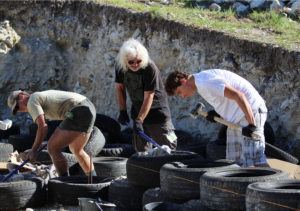
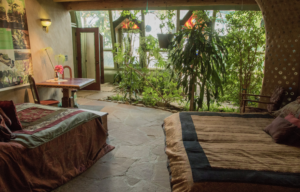
Rethinking the Way of Production
In this week’s debate seminar, I was on the team ‘against’ for ‘Designers have not yet come to terms with their complicity in the creation of the conditions of environmental crisis or with their environmental responsibility, nor have they yet reformed their practices accordingly.’ I argued that nowadays designers not only have increased awareness of environmental issues already but also take responsibility (Innovation Training, 2018). Despite sustainable materials used by multiple companies and incorporations, schools and educational institutions are making efforts to shift designers’ mindsets from the very beginning of their design careers. The cases I have used to support my arguments are as below.
Jasper Morrison is a renowned industrial designer who advocates for sustainable practices. His works focus on minimalism and longevity which encourage and inspire consumers to invest in durable products rather than disposable ones.
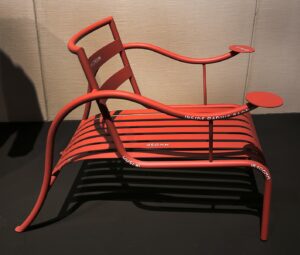
Jasper morrison per cappellini, sedia thinking man's chair, 1988
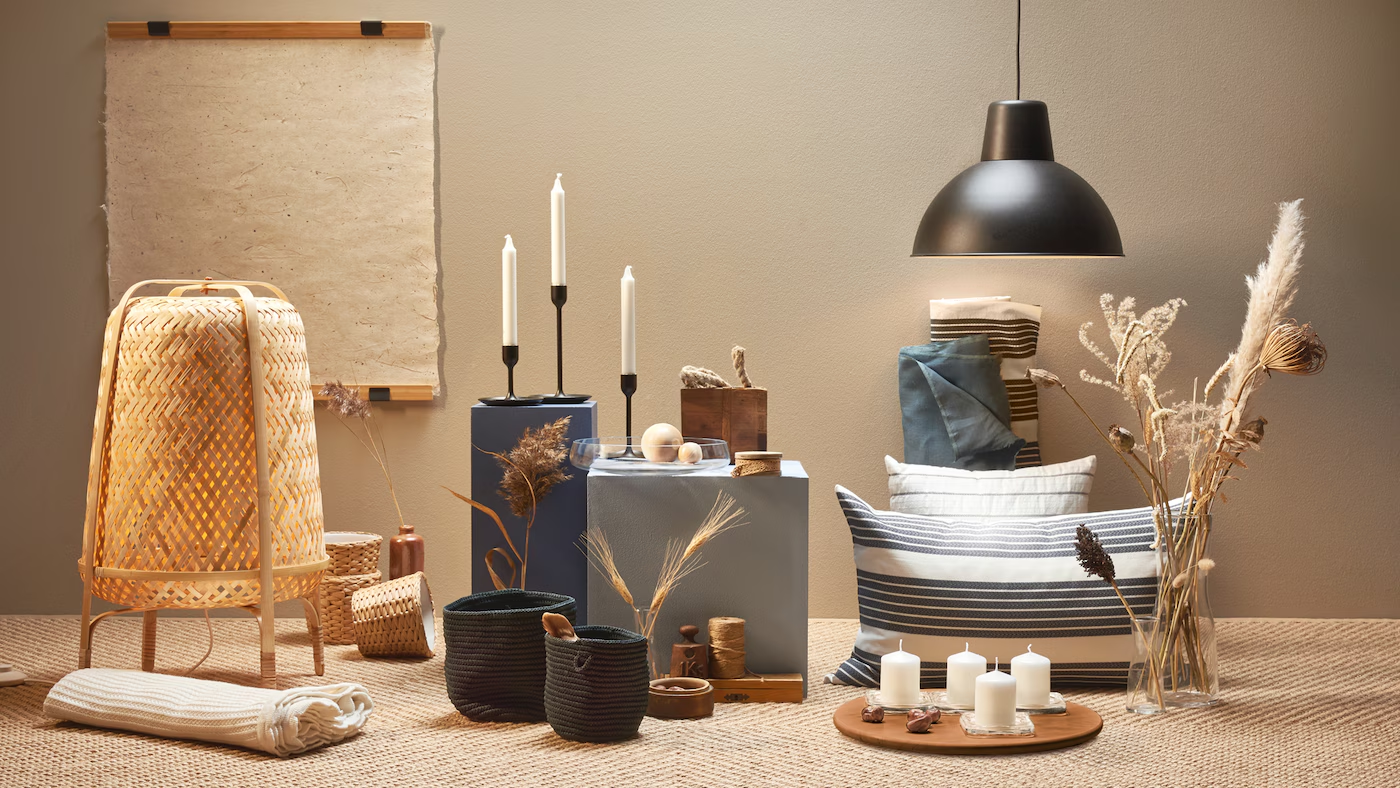
bamboo products from Ikea https://www.ikea.com/gb/en/this-is-ikea/sustainable-everyday/sustainable-materials/bamboo-and-its-many-sustainability-benefits-pub9f2a7ee0
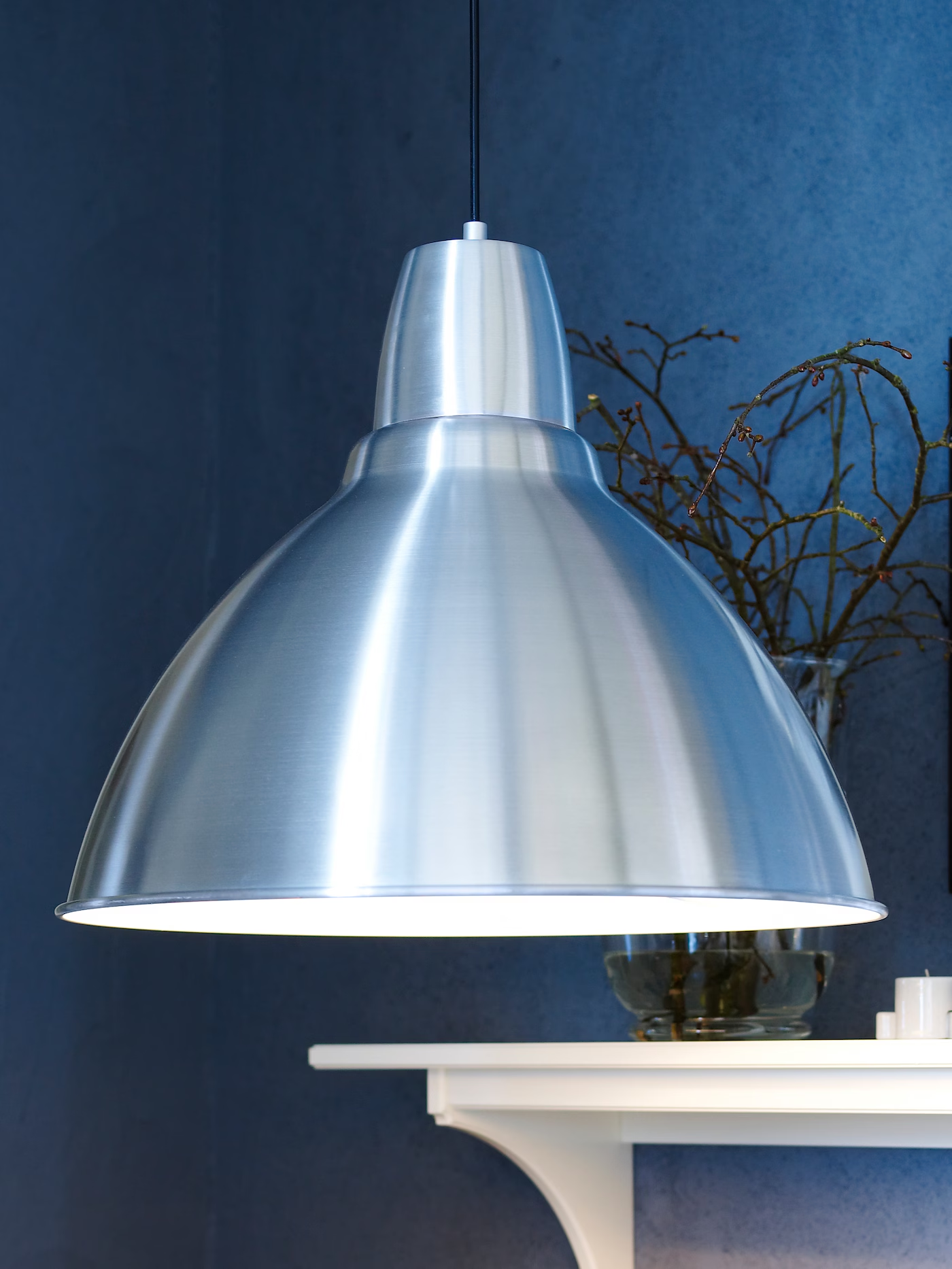

aluminium lamp from Ikea(left) https://www.ikea.com/gb/en/this-is-ikea/sustainable-everyday/sustainable-materials/metal-strong-stylish-and-recyclable-pub36245d60 ISTAD resealable bags from Ikea(right) https://www.ikea.com/gb/en/this-is-ikea/sustainable-everyday/sustainable-materials/only-recycled-or-renewable-based-plastic-in-ikea-products-by-2030-pube6434c20
Sustainability Design Lab from RISD
https://www.risd.edu/academics/campus-resources/sustainability-design-lab
bibliography
Innovation Training (2018). Design Thinking Mindsets for Human-Centered Design. [online] Innovation Training | Design Thinking Workshops. Available at: https://www.innovationtraining.org/design-thinking-mindsets/ [Accessed 11 Oct. 2024].
(Sailko, CC BY-SA 4.0, via Wikimedia Commons)
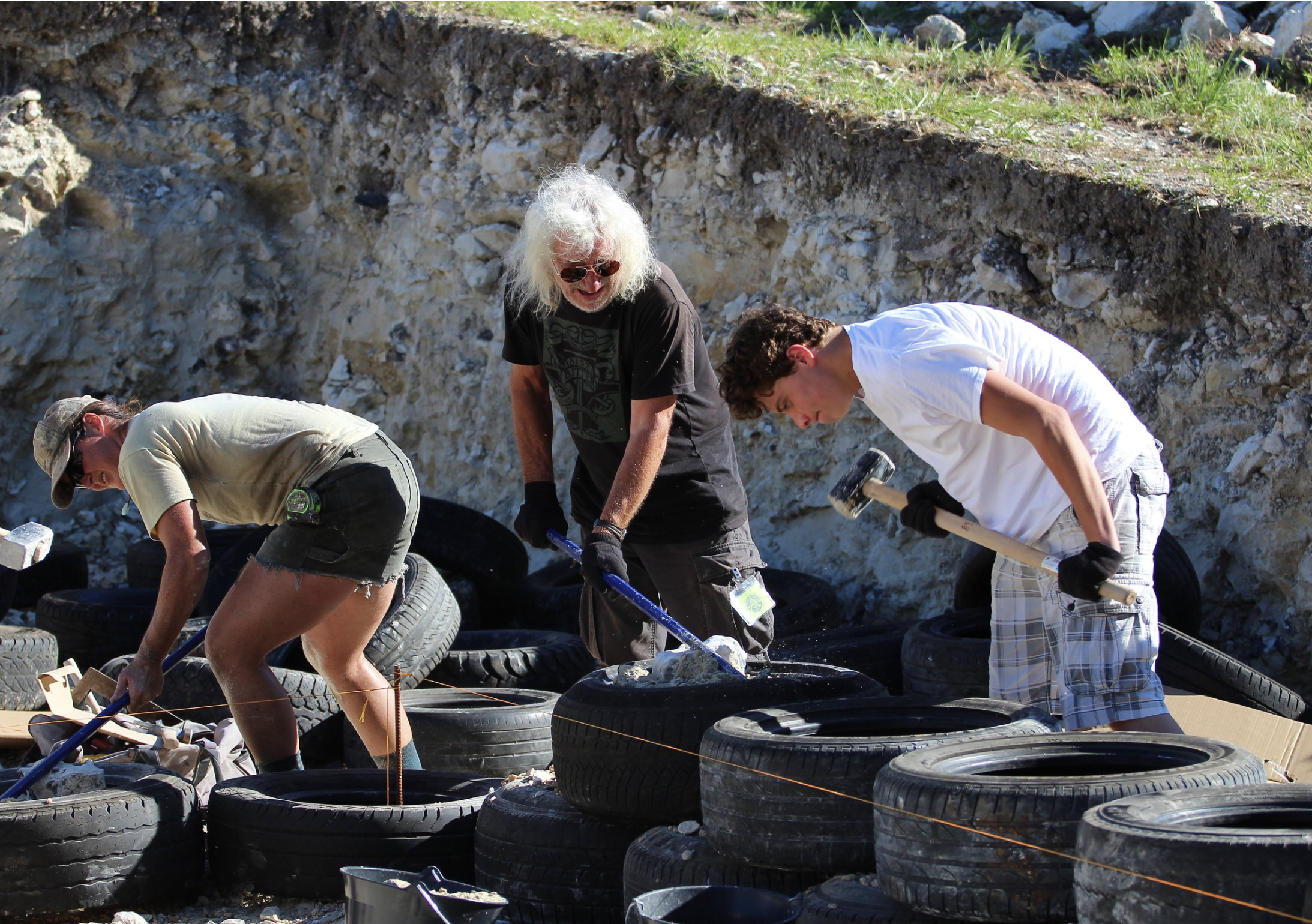




Good and diverse creative examples, I really enjoyed this aspect of the blog entry. I want to see more critical reflection and for you to showcase additional engagement with theoretical text. You provide a very short reference list in this blog entry, more sources are desirable! Keep up the good work.